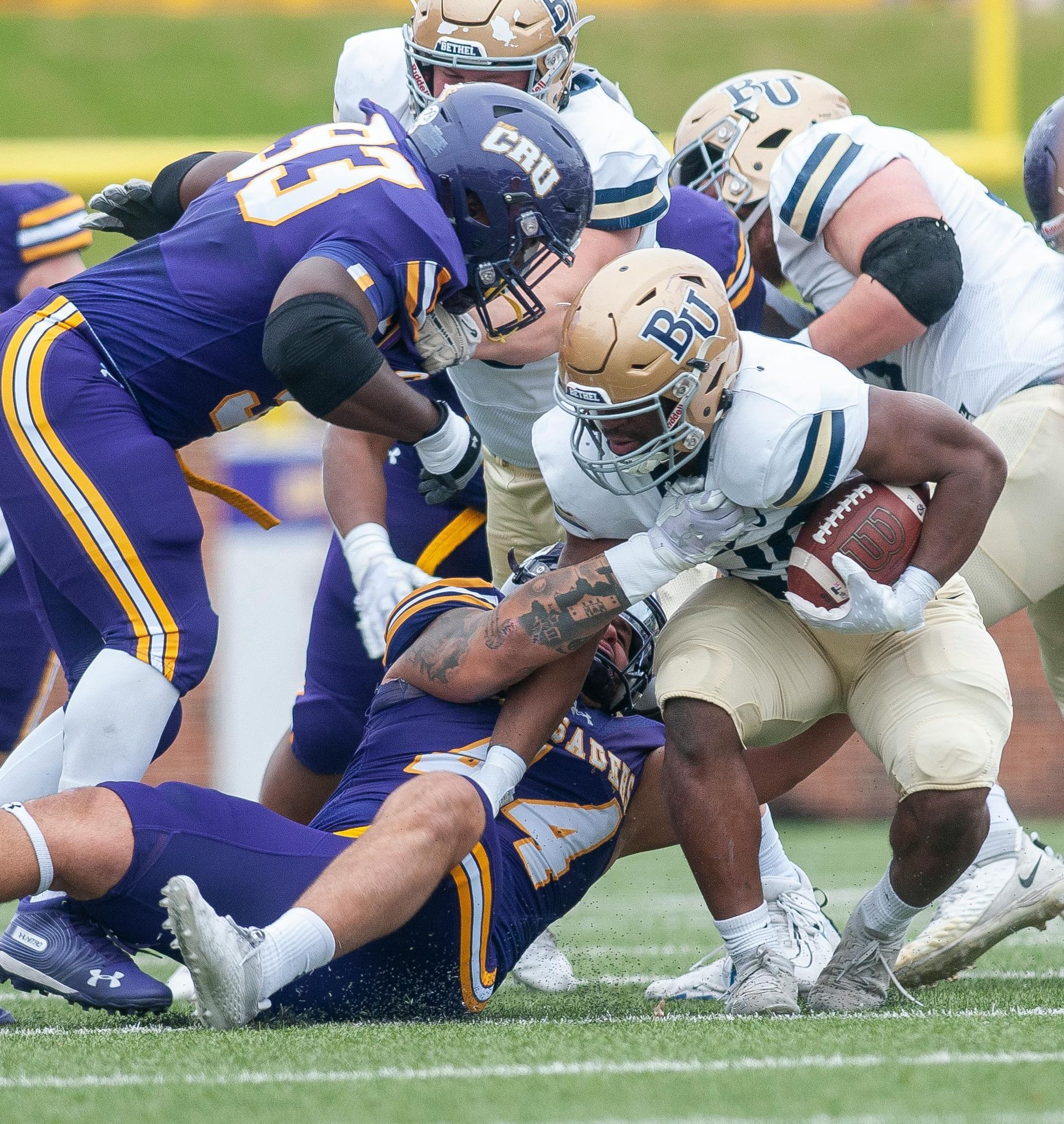CONCUSSION
A concussion is a traumatic brain injury caused by a blow to the head or body that results in rapid movement of the brain within the skull. This movement can be compared to a ping pong ball bouncing inside a coffee can when the can is shaken. Similarly, the brain can move back and forth inside the skull during such a blow to the head, potentially causing brain injury. This sudden motion can lead to the brain bouncing around or even twisting, affecting nerve cells—a situation medically referred to as coup, contrecoup injury. When a concussion occurs, brain function decreases, leading to various neurological symptoms. In severe cases, this can result in permanent brain injury or swelling, which are serious complications.
Signs that may be observed in a child with a concussion:
- Can’t recall events prior to or after a hit or fall. This is called post traumatic amnesia.
- Appears dazed or stunned.
- Forgets an instruction, is confused about an assignment or position, or is unsure of the game, score, or opponent.
- Moves clumsily.
- Answers questions slowly.
- Loses consciousness for any length of time (even briefly).
- Shows mood, behavior, or personality changes.
Symptoms that may be reported by a child with a concussion:
- Headache or feeling “pressure” in head.
- Nausea or vomiting.
- Balance problems, dizziness, double vision or blurry vision.
- Bothered by light (photo-phobia) or noise.
- Feeling sluggish, hazy, foggy, or groggy.
- Confusion, concentration or memory problems.
- Not feeling right, or feeling down.
- Fatigue
- Exercise intolerance
Any of these symptoms after a blow to the head or body should raise your concern for a concussion. Because a second blow to the head resulting in a second concussion can be extremely serious resulting in extreme brain swelling and injury, immediate removal from athletic participation is mandatory following any concussion.
We recommend the following if your child suffers a concussion during sports activities:
- Remove him or her from play immediately. Your child’s life may depend on it.
- If your child recovers from the concussion after a few minutes, then make an appointment for an office visit during regular office hours to get medical clearance from your doctor before returning to play.
- If you child has more severe symptoms such as a severe headache, vomiting, prolonged loss of consciousness, double vision or disorientation, then you should seek immediate medical attention at our office or at the Arkansas Children's Hospital ER.
Indications for an ACH ER visit for a Concussion:
- Prolonged loss of consciousness longer than one minute
- Mid-line neck pain and/or numbness of arms or legs
- Forceful injury
- Possible skull fracture: intense pain or fluid draining from nose
- Seizure
- Worsening of patient’s condition: persistent nausea and vomiting
- weakness
- slurred speech
- difficulty walking
- worsening mental status
Medical Clearance for Graduated Return to Play
Once the concussed athlete has recovered and has been released to again play by their doctor, they should return to play gradually according to the following schedule:
Day 1: Light exercise, walking or riding an exercise bike. No lifting.
Day 2: Running in the gym or on the field. No helmet or equipment.
Day 3: Non-contact training drills in full equipment. Lifting begins.
Day 4: Full contact practice or training.
Day 5: Game play.
Thankfully, most concussions resolve in a few days with rest, although symptoms may last much longer. Post-concussion syndrome is a disorder in which concussion symptoms such as headaches and dizziness may last for weeks and sometimes months after the injury. In addition, please be aware that recurrent concussions can result in a dementia-like state many years after concussion injury. This condition has been labeled chronic traumatic encephalopathy (CTE).
Please see the section on
head injury in this handbook for additional information.


